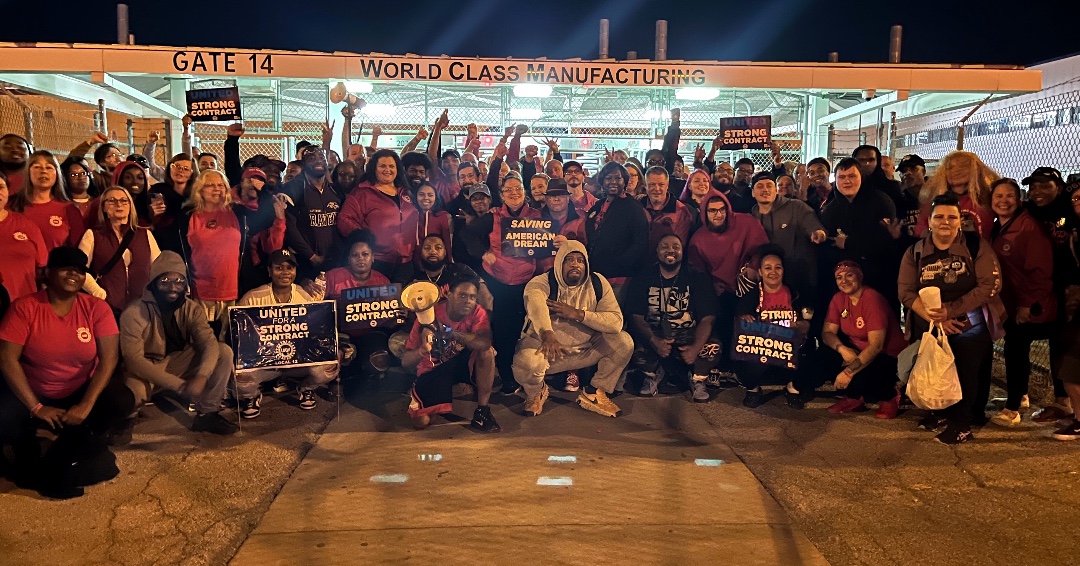
Published 15/09/2023 12:54 | Edited 09/16/2023 14:46
Without negotiations with General Motors, Ford and Stellantis in the United States, the collective contract with the workers expired and the United Auto Workers (UAW) union began a strike in the automakers’ factories starting this Friday (15). This is the first time that there has been a simultaneous strike at the Three Giants of Detroit”, as the companies are known.
The union that represents around 146 thousand automotive workers has not bowed to the bosses’ proposal and has stopped several manufacturing units, carrying out pickets and demonstrations. Over the last few weeks, occasional stoppages have already occurred.
Read too: US auto workers prepare historic strike
UAW President Shawn Fain does not intend to negotiate with the companies this Friday, frustrating manufacturers’ hopes for a quick resolution. The expectation is that more workers will join the cause as the days go by, sending a clear message that they will not accept any proposal when they return to negotiating.
Claims
Among the main demands of the United States autoworkers gathered at the UAW are:
- increase in the salary base by 40% (done in a staggered manner);
- reduction in working hours (32 hours) without a decrease in salary;
- return of health plans and pension payments, in addition to other benefits;
- adjustment of salaries to keep pace with inflation;
- limitation of overtime and temporary hiring;
- transition to an electric car industry that includes workers, among others.
Information shows that Ford and then GM have already offered a 20% increase for the period in the new contract, while Stellantis, which produces cars with Jeep, Ram, Chrysler and Dodge, offered 17.5%.
Greve
The strike does not happen by chance. Automotive workers’ wages and benefits have never been so out of step since they gave up countless rights when auto companies faced a major recession in 2007. Since then, new workers have suffered losses in pension and health plans, for example. that the union is now demanding a return in the old ways, including the inclusion of hourly workers.
And the claims are not for nothing. The union points out that automakers made a profit of US$250 billion in the last 10 years in the United States, with US$21 billion in the first half of the current year alone.
Fear of bosses
Estimate released by CNNwith data from Anderson Economic Group, points out that a 10-day strike could cost companies US$5 billion.
In the same way the Reuterswith data from Deutsche Bank, speaks of US$400 million to US$500 million in lost profits for each automaker for each week of strike.
Even with this scenario, executives have not improved the conditions already offered and say that complying with what the UAW asks would cause them to lose market share to non-union companies, such as Tesla, Toyota and Honda.
Read too: How trade unionism was reborn in the USA (and what it has to teach us)
Ford CEO, Jim Farley, said that a 40% adjustment would affect the company’s position on the market and that they would need to make cuts, attributing a profit reversal of US$30 billion, between 2019 and 2022, to a loss of US$15 billion, as an example if the measure were implemented earlier. GM executive Gerald Johnson even spoke on video, in a generic way, that the union’s proposal would represent a cost of US$100 billion.
*Information Reuters and CNN
Source: vermelho.org.br

